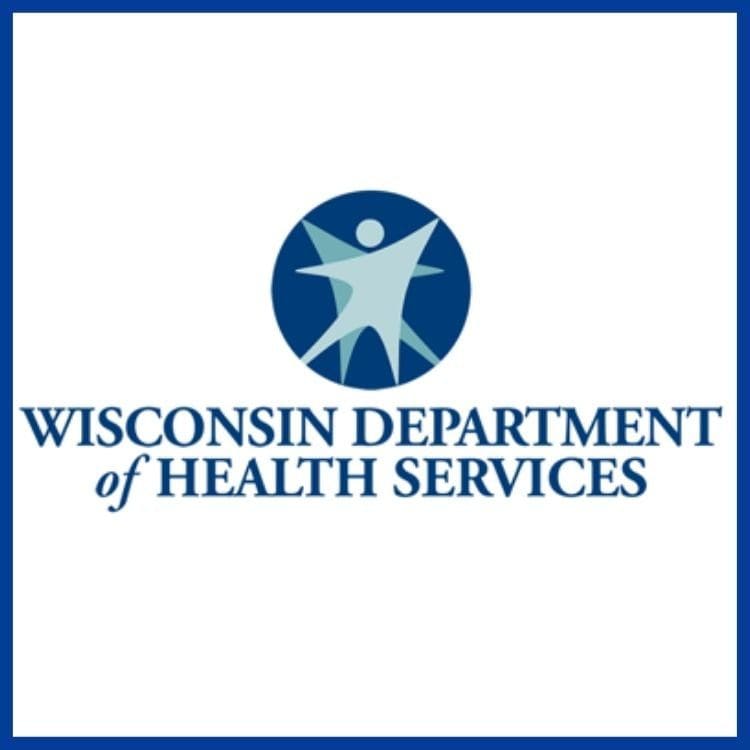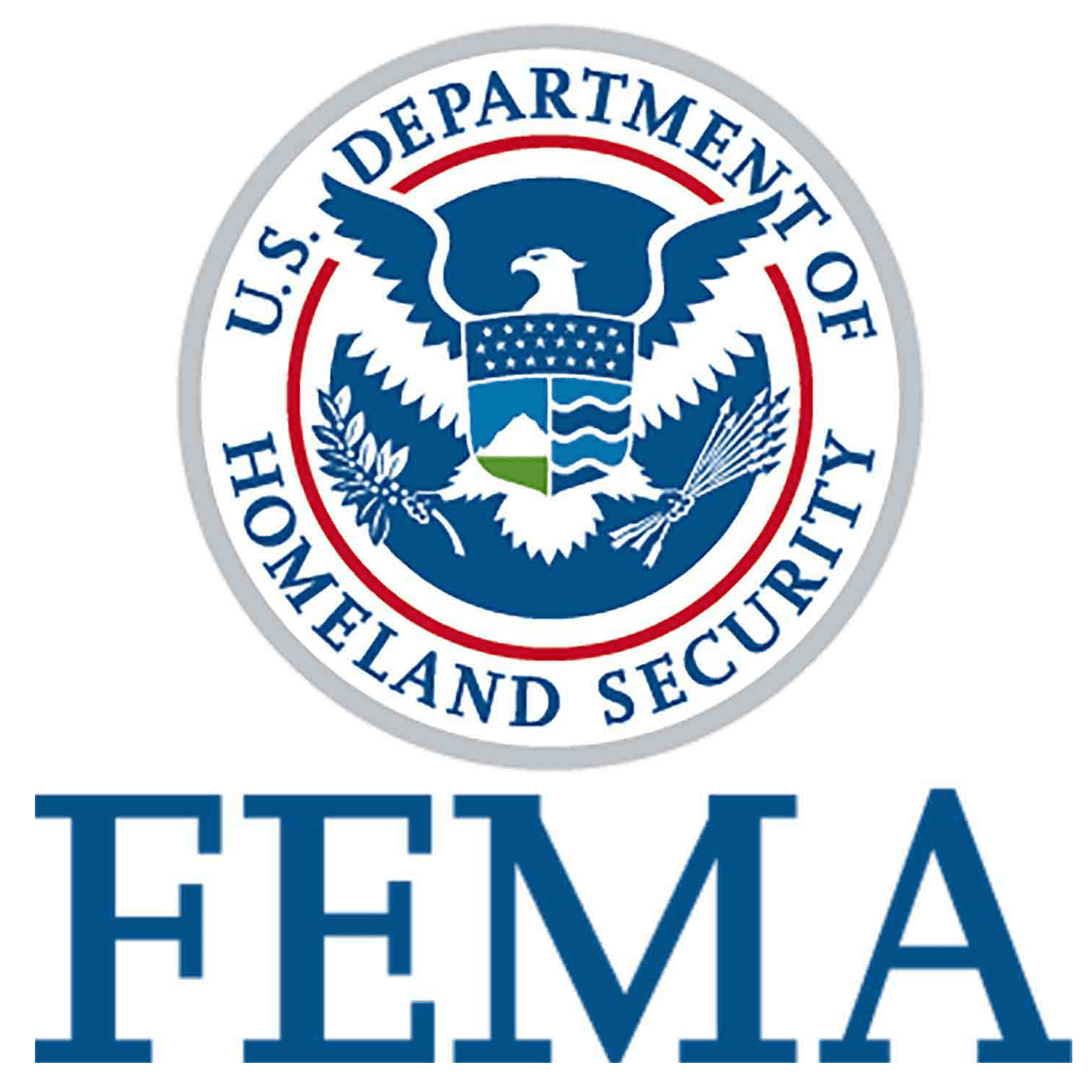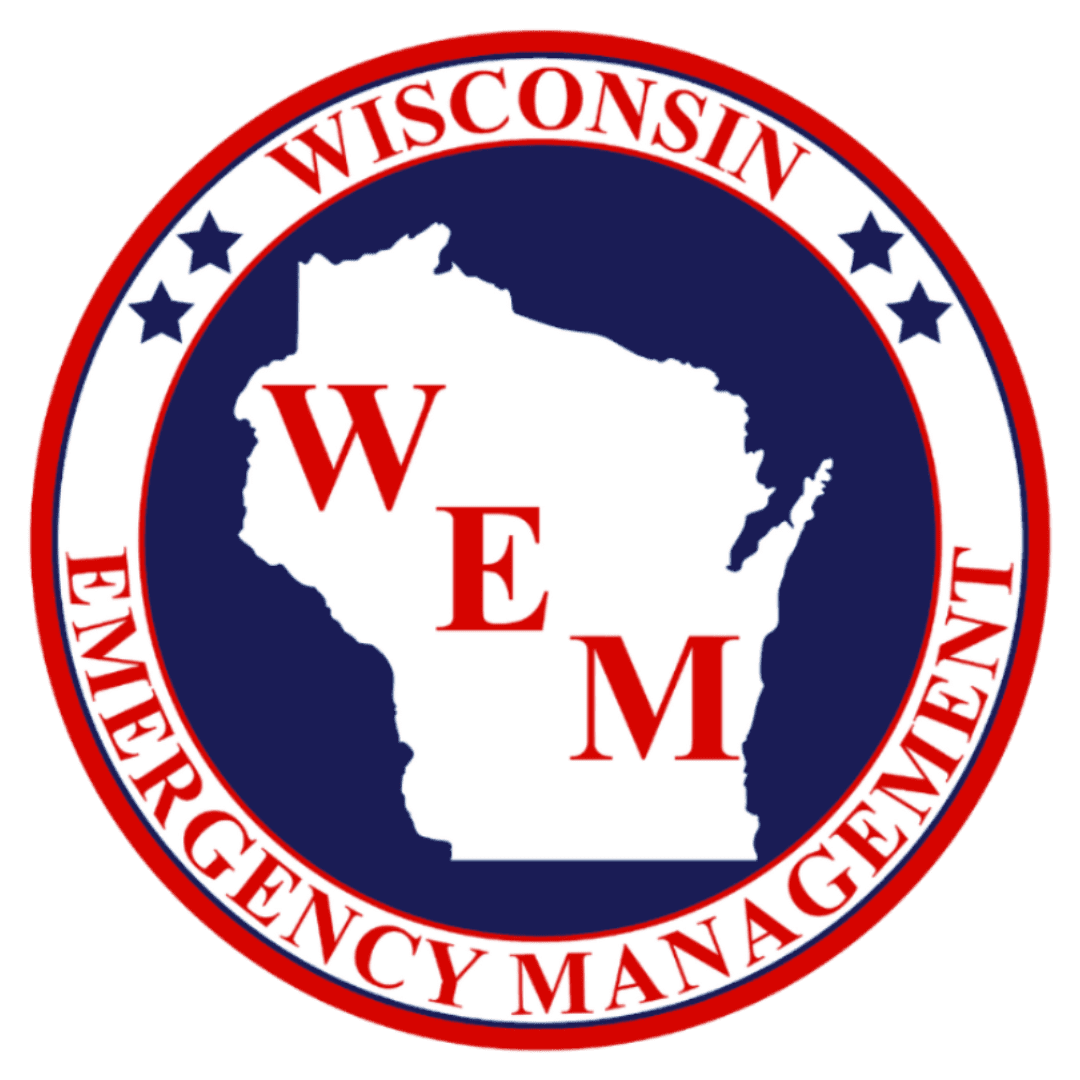Severe storms are devastating to homes, properties, and lives. These storms can also take down power lines. When the power goes out unexpectedly, it may disrupt communications, water, and transportation. Power outages can also close businesses, cause food spoilage, and prevent the use of medical devices.
WHAT TO DO BEFORE, DURING and after A POWER OUTAGE
additional resources
Wisconsin Department of Health Services – Utility Service Interruptions:

Federal Emergency Management Agency – Be prepared for a power outage:

American Red Cross – Power Outage Safety:







